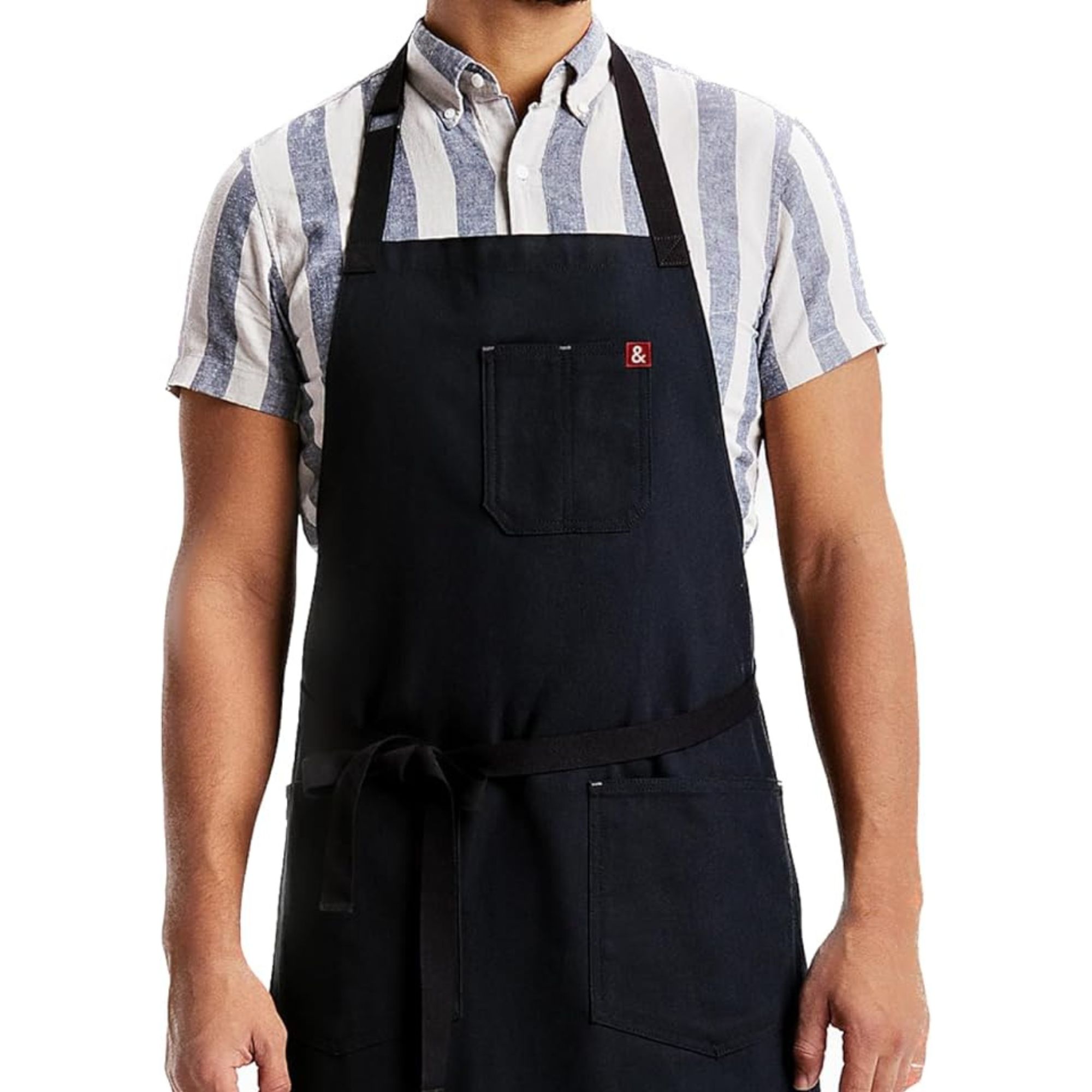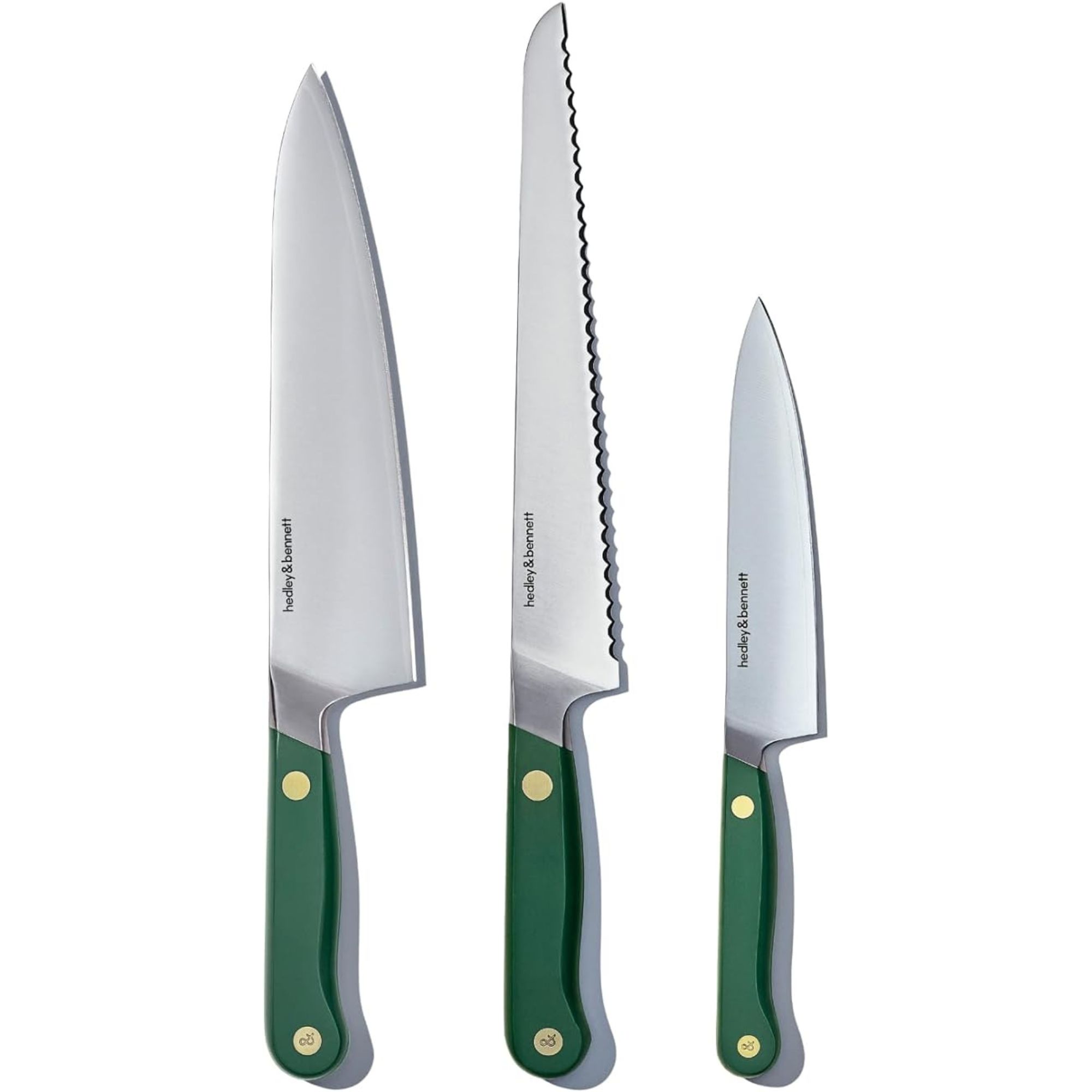This clever kitchen layout trick is a fast track to cooking success – and it's inspired by high-end restaurants
Ellen Marie Bennett – founder of Hedley & Bennett and host of 'Kitchen Glow Up' – says this is the layout strategy that'll transform your kitchen once and for all
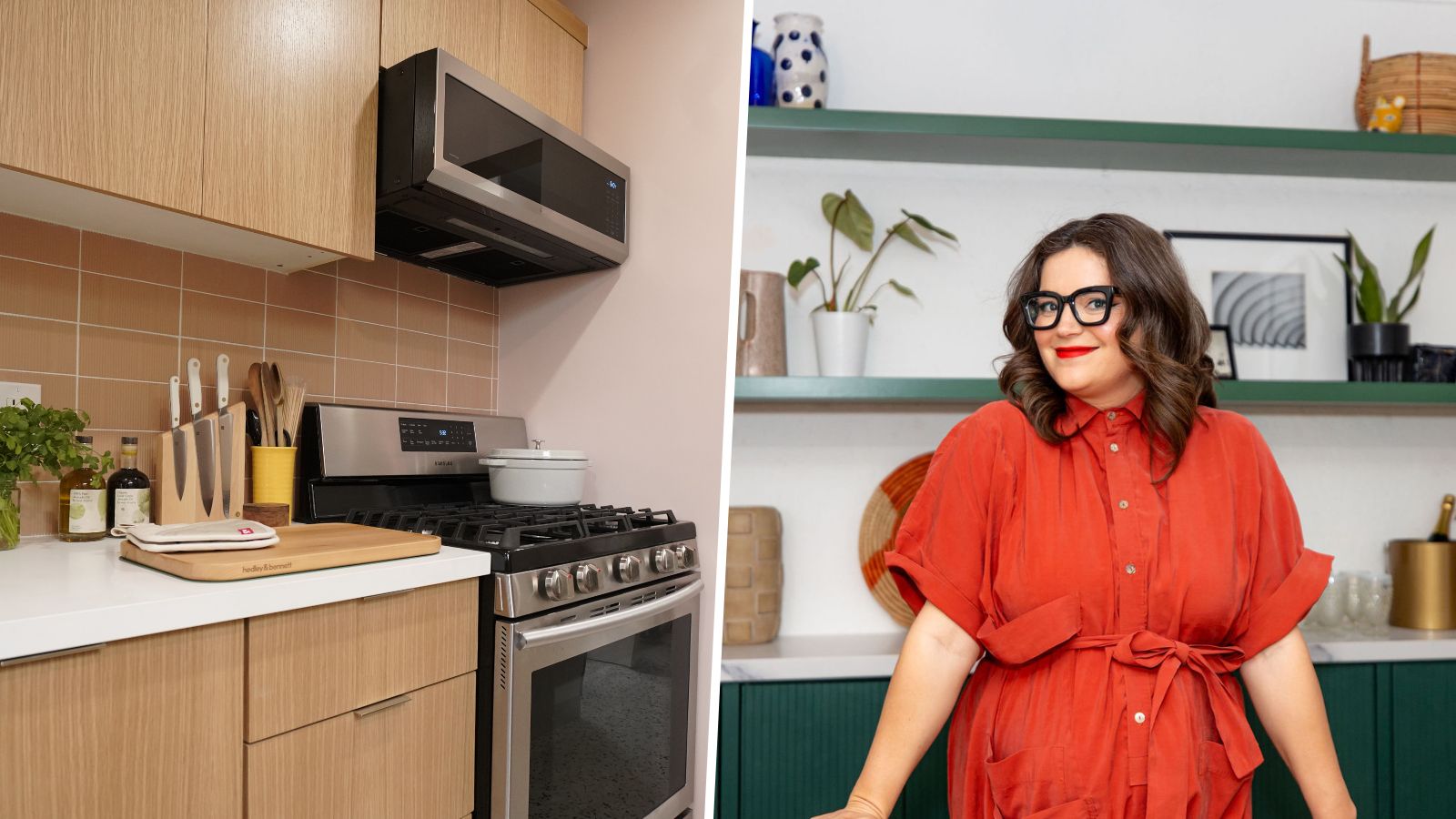

A beautiful kitchen is hard to beat. Whether you really love to cook, or simply find yourself in the kitchen quite often, a sleek and stylish backdrop makes the culinary process more enjoyable. But much more than sheer style goes into a successful kitchen design. While choosing gorgeous materials and sticking to a cohesive aesthetic are important parts of the process, a kitchen's simply no good if it doesn't support the main event: cooking. That's where Ellen Marie Bennett comes in.
Ellen's background as a professional chef led her to establish Hedley & Bennett, a high-end kitchenware brand known for its restaurant-quality aprons. But 12 years on, long-lasting aprons and knives have proven to be just the beginning of her kitchen design expertise.
With both style and functionality in mind, Ellen embarked on a brand new mission this year: to help home chefs revamp their culinary spaces in Kitchen Glow Up, airing now. Each episode follows Ellen as she gives homeowners a pro-chef-approved kitchen refresh – and the results are truly stunning.
To hear more about the show, H&G sat down with Ellen, and she shared a kitchen design hack that has a huge impact on spaces of all styles. Here's a look into some of the show's colorful spaces, and tips for creating the most efficient kitchen layout – which takes inspiration straight from restaurant workflows – right at home.
How to lay out your kitchen like a professional chef
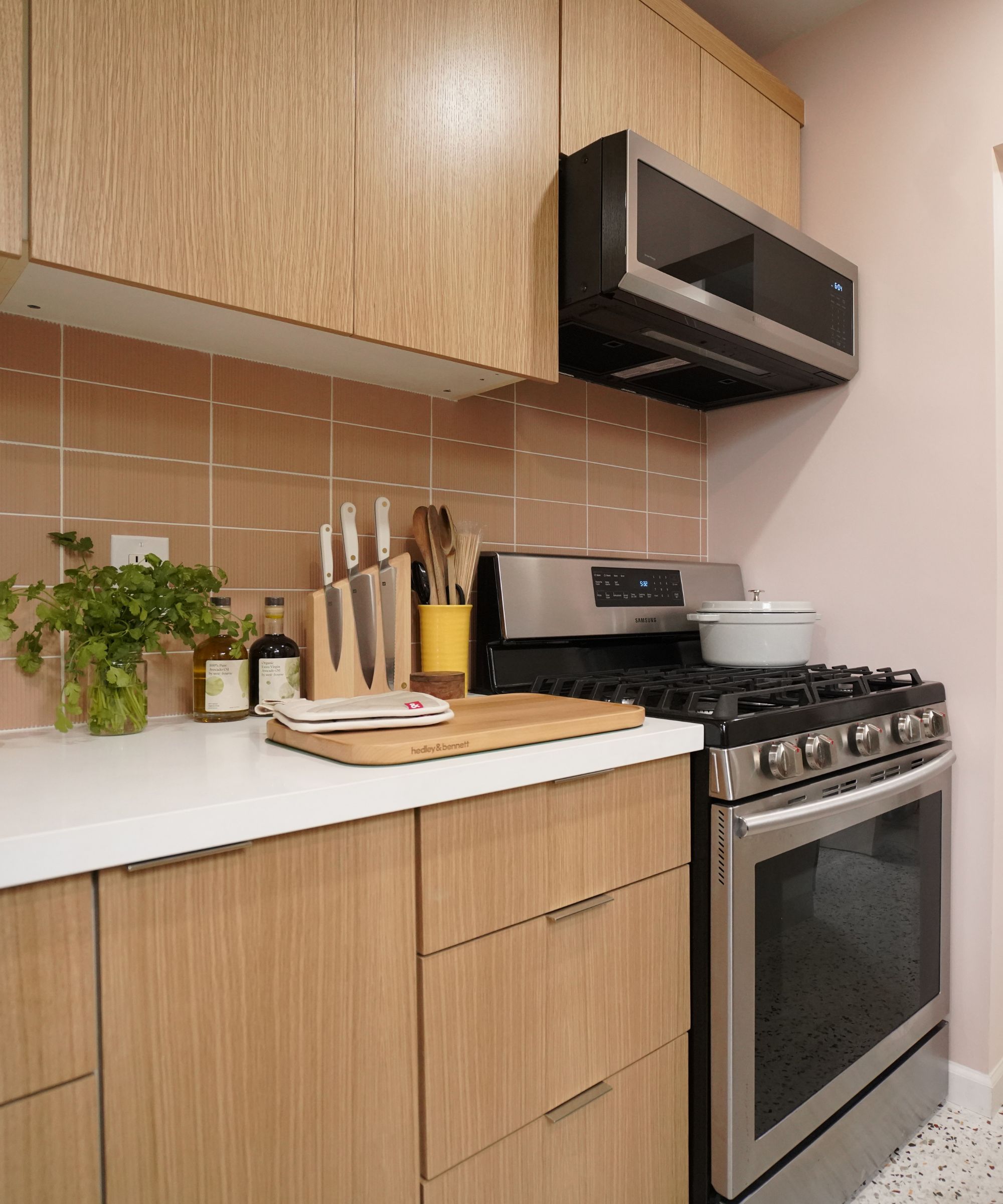
Eight episodes of Kitchen Glow Up have aired so far, and Ellen says she's loved seeing the audience's reactions. The same elements of the show that she appreciates – its quick, 'quippy' episodes and its wealth of practical advice – have resonated with viewers, she tells H&G.
'A bunch of people have said they've gotten so many takeaways from it that they finish watching an episode and then they're in their kitchen trying to figure out which area they're gonna glow up, whether it's one drawer or the pantry. It pushes people into action, which is exactly what I wanted, so I'm very happy about that,' says Ellen.
And while there's no shortage of kitchen design tricks to take away, one in particular has had a lasting impact on each and every kitchen featured on the show.
Sign up to the Homes & Gardens newsletter
Design expertise in your inbox – from inspiring decorating ideas and beautiful celebrity homes to practical gardening advice and shopping round-ups.
'One of the big unlocks was something that exists in professional kitchens, and it's zones. You have designated zones for designated tasks – or they call it stations. There’s a pastry station, there's an hors d 'oeuvres station, there's a fish station,' says Ellen.
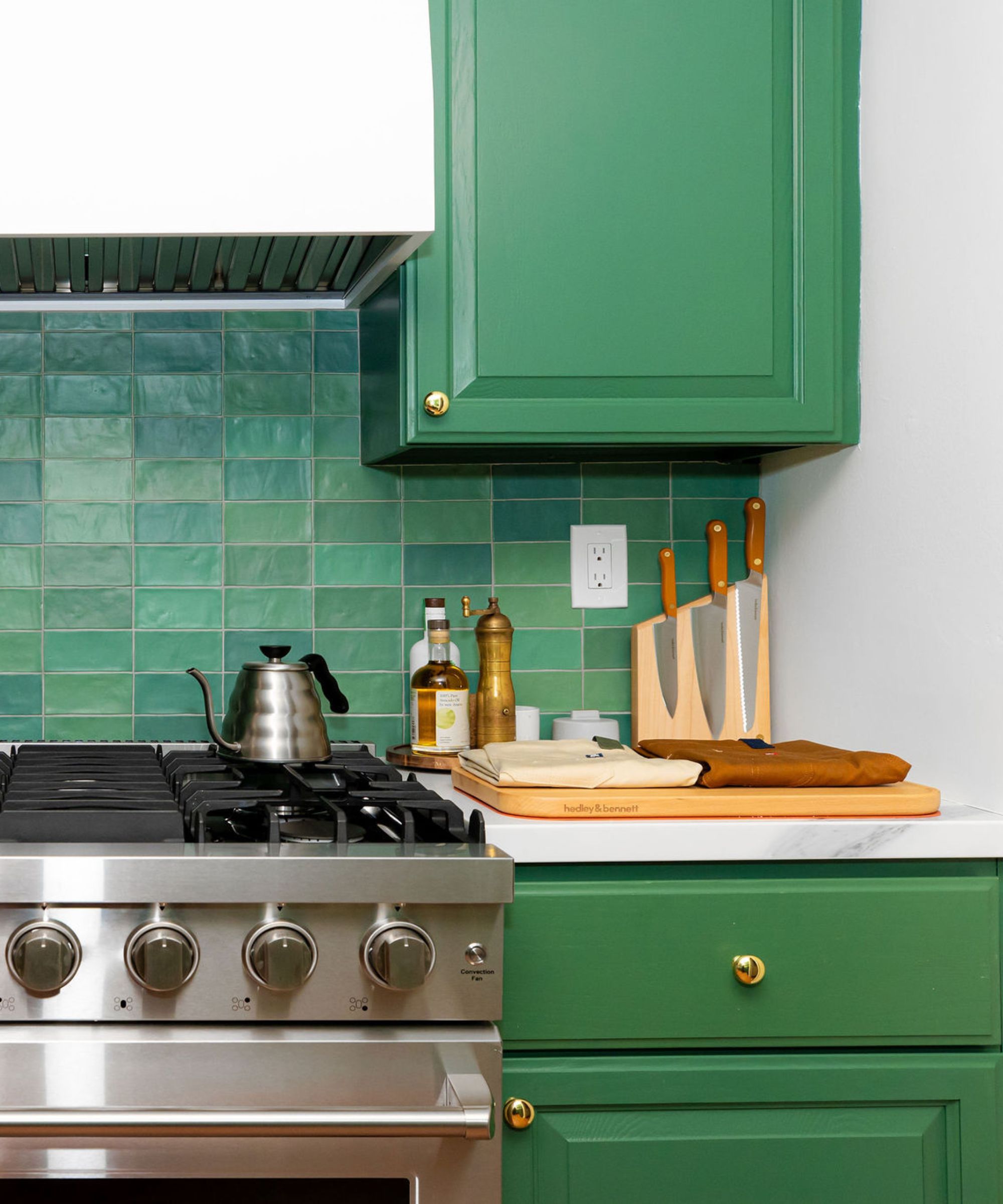
Because she set out to make her clients' kitchens not just beautiful, but also ready to use, Ellen decided to create the equivalent of zones or stations within home kitchens. By carving out designated places for prepping, cooking, serving, storing, and cleaning throughout each kitchen she redesigned, Ellen streamlined the cooking process from beginning to end.
Even the simple addition of a 'prep zone' – stocked with 'all the prep tools that you need' like pots and pans, olive oil, salt and pepper, and a cutting board – made a world of difference in family kitchens.
'Everything being next to your stove, and creating a prepping station was kind of a big deal for people. They didn't realize they didn't have to do that every time they cook – it could just live outside on their counter,' says Ellen.
Ellen says she organizes most of the kitchen zones around the stove, with the prep zone on one side and the cook zone on the other. The prep zone is for 'the things you do to food before it's cooked,' she explains – think spinning salads, seasoning, and slicing. Consider what you'll need for each step of the prepping process, then what you'll need to cook it up, and make sure all the essentials are always easily accessible.
'You want your spice drawer to go directly next to your stove – don't put your spice drawer on the other side of the kitchen. That's a flow that you would want to fix, and anybody can do that, because most people have at least a drawer on each side of their stove,' says Ellen.
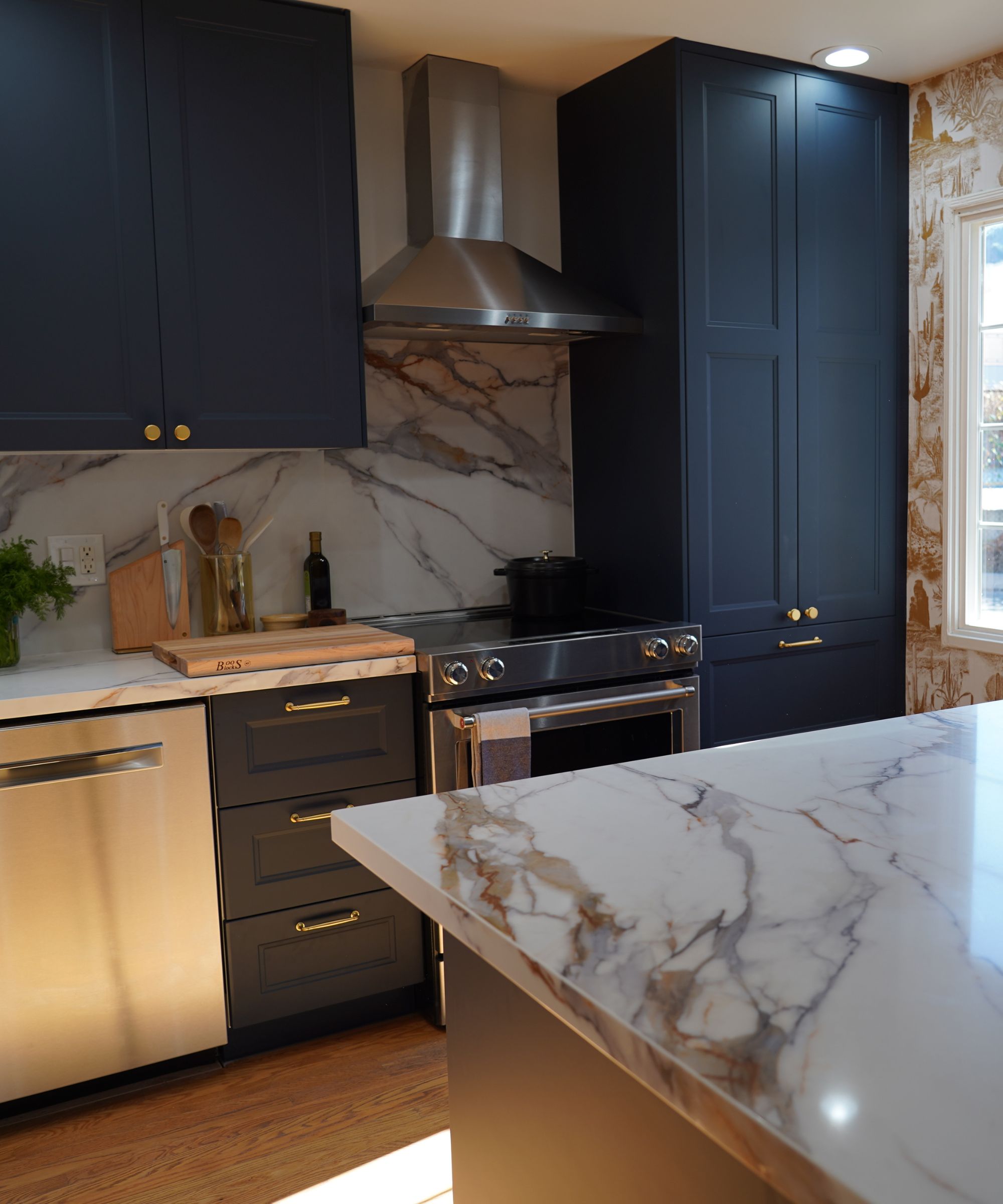
Zone-based kitchen layouts save time and energy, and make your cooking experience less stressful. Instead of searching high and low for the cinnamon, or rifling through cabinets for a box of pasta, you'll be calm and ready to enjoy the cook.
And though the prep and cook zones may seem most important, Ellen suggests organizing the process even further, integrating serve, store, and clean zones as well. The serve zone should come just after cook, she says.
'For serve, think about it as a restaurant – you have a pass in a restaurant where they're putting up the dishes to take it out to the waiters to send. You want the serving area to be an empty counter,' Ellen says. 'Your serving area should be closest to your dining room or wherever you're dining, and ideally close enough to the cleaning area.'
The clean zone, or clean station, predictably starts at the sink – and, of course, requires a trash can. In restaurant lingo, this station is known as the 'dish pit.'
'But it also includes all the elements of cleaning to be nearby that area,' says Ellen. 'You don't want all of your soaps and whatever in some other distant cabinet. Put it under the sink, and set it up so that all your stuff is there and at a near arm's distance.'
'And then store, or storage, should be directly next to the cleaning area, so that when you're taking stuff out of your sink and your dishwasher, you're putting it up and it's arm's distance. It’s just flow-wise, you're like, “Okay, I'm cooking and prepping together, then I'm serving and cleaning together, and then I'm storing,"' Ellen says.
The beauty of the zone system is that it works in kitchens of any size, and any style. You won't need to invest in new equipment, or embark on a full renovation, to get the flow down. Start by thinking through the ways you currently use your space, and rearrange as needed – a simpler, stress-free cooking process awaits.
If you're looking for more kitchen design inspiration, Ellen suggests delving into Kitchen Glow Up, which is streaming on Tastemade. It can be found on Roku, Google TV, Youtube TV, and more.
'There's a lot of how the sausage is made on the show. You're just gonna learn a ton because we get into the weeds – I don't know how to not be in the weeds,' Ellen says with a smile.

Abby was the Interior Design News Editor at Homes & Gardens and is now studying for her Master's degree in Journalism at City University, London. Prior to joining our team, she worked with Better Homes & Gardens, where she wrote and edited content about home decor, gardening tips, food news, and more. She studied Journalism and English Literature at New York University and moved to London to pursue her love of writing in 2023.
-
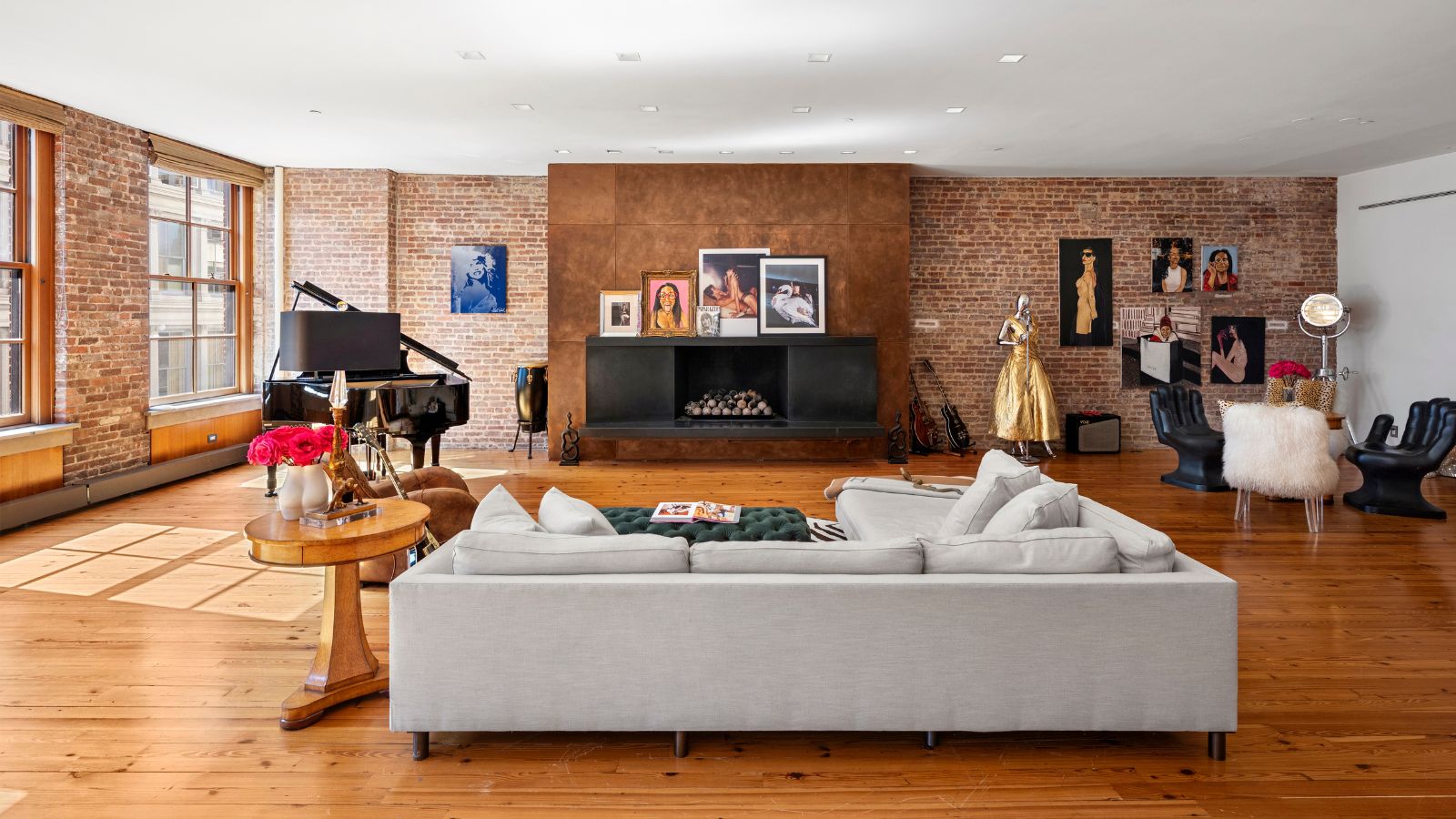 Courtney Love's historic loft combines rock star luxury with raw New York bones – it's on the market for almost $9.5 million
Courtney Love's historic loft combines rock star luxury with raw New York bones – it's on the market for almost $9.5 millionThe singer's former SoHo home features exposed brick walls, original wooden columns, a gas fireplace, and high ceilings – take the tour
By Hannah Ziegler
-
 Triangular shaped garden ideas – landscape designers share 9 ingenious ways to redesign your corner plot
Triangular shaped garden ideas – landscape designers share 9 ingenious ways to redesign your corner plotExpert tips for planning, planting and finessing a triangular shaped plot, so you can savour the space year round
By Jill Morgan

